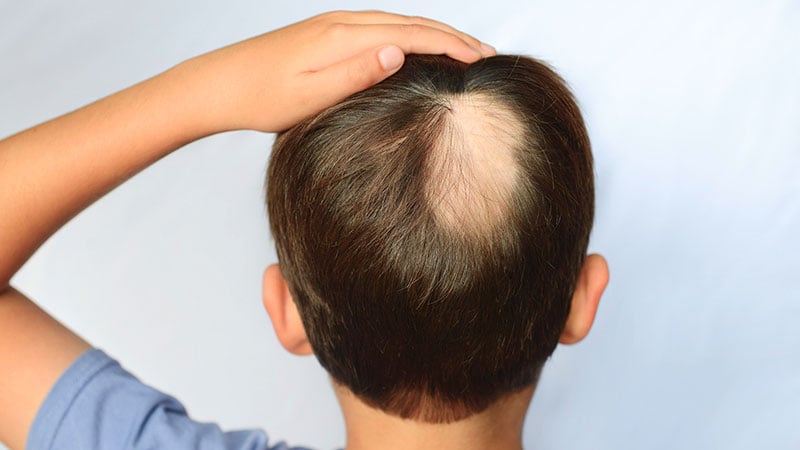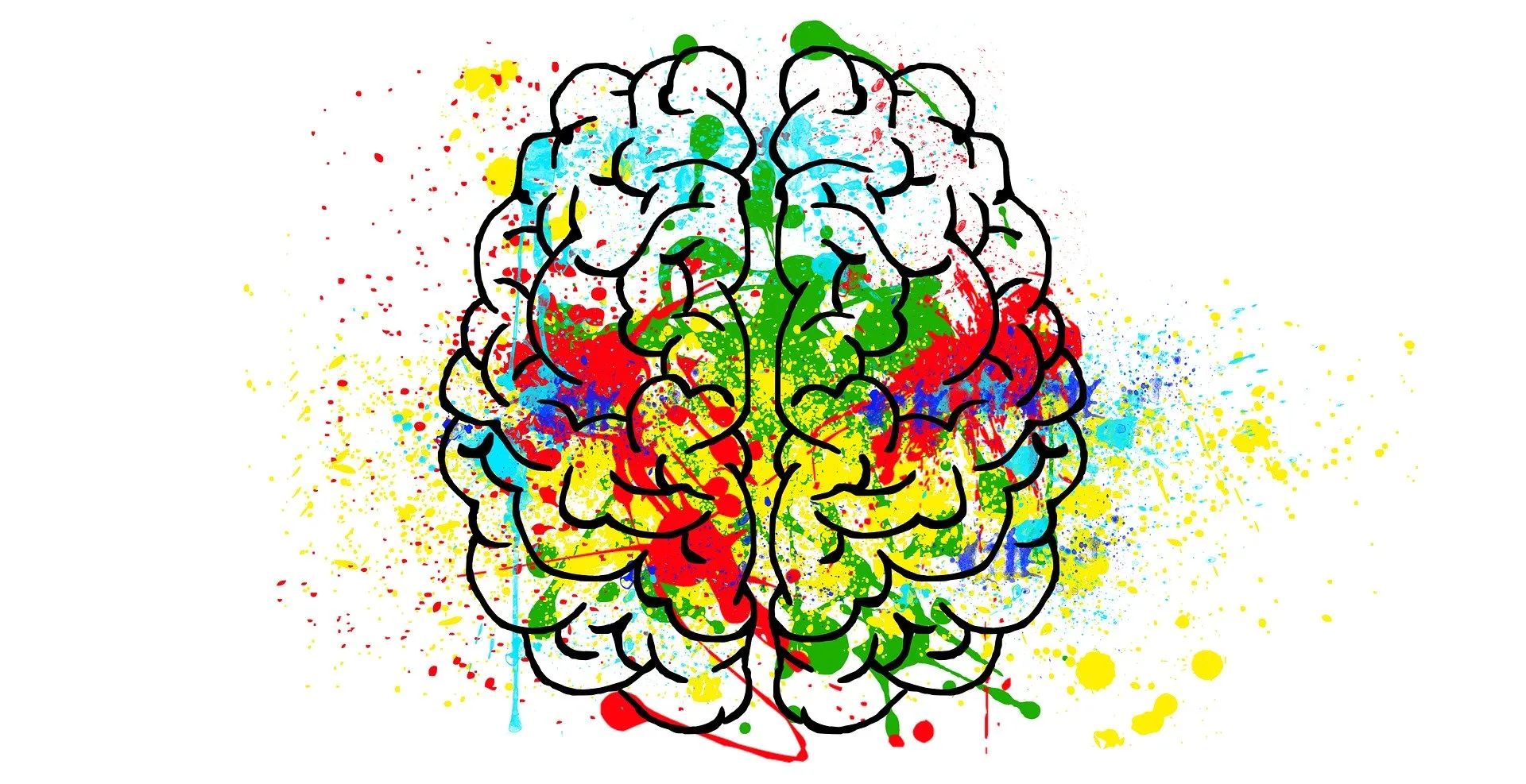Alopecia Areata vs Pattern Baldness: Islamabad Treatments Compared
If you are experiencing hair loss and are unsure of which condition you may be dealing with, this blog will shed light on the differences between alopecia areata and pattern baldness, particularly focusing on the various treatments available in Islamabad.

Alopecia areata and pattern baldness are two common conditions that affect a large number of people worldwide. While both involve hair loss, they differ significantly in their causes, symptoms, and treatment options. If you are experiencing hair loss and are unsure of which condition you may be dealing with, this blog will shed light on the differences between alopecia areata and pattern baldness, particularly focusing on the various treatments available in Islamabad.
Understanding Alopecia Areata and Pattern Baldness
Before delving into the treatments, it’s crucial to understand what sets alopecia areata treatment in Islamabad apart from pattern baldness.
What is Alopecia Areata?
Alopecia areata is an autoimmune disorder where the body’s immune system mistakenly attacks hair follicles, leading to sudden and patchy hair loss. The condition can affect any part of the body, including the scalp, face, and eyebrows. It often appears as small, round patches of hair loss.
-
Causes: The exact cause of alopecia areata remains unknown, but it is thought to be triggered by genetic factors and environmental elements.
-
Symptoms: Small, round patches of baldness are the most noticeable symptom, and in some cases, the condition can progress to total hair loss (alopecia totalis).
-
Risk Factors: Those with a family history of autoimmune diseases are at a higher risk of developing alopecia areata.
What is Pattern Baldness?
Pattern baldness, also known as androgenetic alopecia, is the most common cause of hair loss, particularly in men. It is largely influenced by genetics and hormonal factors.
-
Causes: The primary cause is hormonal imbalance, particularly the action of dihydrotestosterone (DHT) on hair follicles, which causes them to shrink and eventually stop producing hair.
-
Symptoms: Pattern baldness typically begins with a receding hairline or thinning at the crown, progressively leading to complete baldness.
-
Risk Factors: Genetics play a significant role, and the condition is most common in men as they age.
Key Differences Between Alopecia Areata and Pattern Baldness
Although both conditions result in hair loss, they manifest in distinct ways. Understanding these differences is key to determining the appropriate treatment.
Nature of Hair Loss
-
Alopecia Areata: Hair loss in alopecia areata occurs in small, round patches. This form of hair loss is sudden and often unpredictable.
-
Pattern Baldness: Hair loss in pattern baldness typically follows a predictable pattern, starting with thinning at the temples and crown and gradually progressing.
Age of Onset
-
Alopecia Areata: It can develop at any age, even in children, although it often begins in young adulthood.
-
Pattern Baldness: Generally, pattern baldness starts in the late 20s to early 30s, with the condition worsening as individuals age.
Treatment Options
When it comes to alopecia areata treatment in Islamabad, several options are available, depending on the severity of the condition. Below, we compare these treatments with those for pattern baldness.
Treatments for Alopecia Areata in Islamabad
The treatment for alopecia areata can vary from topical solutions to more advanced therapies like injections or even light therapy. Below are the common treatment options available at clinics in Islamabad.
Topical Treatments
-
Corticosteroids: These are anti-inflammatory medications that can be applied directly to the scalp to reduce inflammation and encourage hair regrowth.
-
Minoxidil (Rogaine): Though more commonly used for pattern baldness, minoxidil can also help stimulate hair growth in people with alopecia areata.
Injections
-
Steroid Injections: Doctors may inject corticosteroids directly into the affected areas of the scalp to reduce inflammation and promote regrowth.
Immunotherapy
-
Topical Immunotherapy: This treatment involves applying chemicals like diphencyprone (DPCP) to the scalp, which triggers an allergic reaction that helps to stimulate hair growth.
Advanced Treatments
-
PRP Therapy (Platelet-Rich Plasma): PRP therapy involves drawing a small amount of blood, processing it to extract platelets, and injecting it back into the scalp to promote hair growth.
Hair Transplants
For those with severe alopecia areata that doesn't respond to other treatments, a hair transplant may be considered. However, this is typically recommended after other treatments have been exhausted.
Treatments for Pattern Baldness in Islamabad
The treatment for pattern baldness in Islamabad often involves a combination of medical, surgical, and cosmetic treatments to help restore hair.
Medical Treatments
-
Minoxidil (Rogaine): The most commonly used treatment for pattern baldness, minoxidil helps to stimulate hair regrowth and prevent further hair loss.
-
Finasteride (Propecia): This oral medication works by blocking DHT, the hormone responsible for shrinking hair follicles in pattern baldness.
Hair Transplants
-
FUE (Follicular Unit Extraction): A popular surgical option for pattern baldness, FUE involves transplanting healthy hair follicles from the back of the head to the balding areas.
-
FUT (Follicular Unit Transplantation): This method involves removing a strip of hair-bearing skin from the back of the head and dividing it into individual follicular units for transplantation.
Lifestyle Adjustments
-
Diet and Supplements: Maintaining a healthy diet and taking supplements such as biotin and vitamin D can help improve hair health and slow the progression of hair loss.
-
Scalp Massage: Massaging the scalp with oils such as castor oil and coconut oil can improve blood circulation and support healthy hair growth.
Comparing Treatments: What Works Best for You?
When deciding between alopecia areata treatment in Islamabad and pattern baldness treatments, it's important to consider the underlying causes of your hair loss.
-
Alopecia Areata Treatments: These are more targeted toward reversing the autoimmune response that causes hair loss. If you are dealing with patches of hair loss that appear suddenly, treatments such as corticosteroid injections and immunotherapy may be effective.
-
Pattern Baldness Treatments: These focus on stopping the progression of hair loss and promoting regrowth. Minoxidil, finasteride, and hair transplants are common treatments for men and women suffering from androgenetic alopecia.
If you are unsure which treatment is best suited for you, consulting with a qualified dermatologist or hair specialist in Islamabad is essential. They will evaluate your condition and recommend the most effective treatment plan tailored to your specific needs.
The Role of Enfield Royal Cosmetic in Alopecia Areata and Pattern Baldness Treatment
At Enfield Royal Cosmetic, we offer comprehensive consultations and advanced treatments for both alopecia areata and pattern baldness. Our team of experienced dermatologists and hair specialists are dedicated to providing personalized solutions that cater to your unique hair restoration needs. Whether you are dealing with the sudden patchy hair loss of alopecia areata or the gradual thinning associated with pattern baldness, we offer proven treatments that help promote regrowth and restore your confidence.
Book a consultation with us today and take the first step toward healthier, fuller hair!
This blog gives you an in-depth comparison of alopecia areata and pattern baldness, outlining the available treatments in Islamabad. Whether you're dealing with sudden hair loss or gradual thinning, the right treatment is crucial. If you have any concerns or need expert advice, feel free to reach out to Enfield Royal Cosmetic for a consultation tailored to your needs.
What's Your Reaction?


















.jpg)
